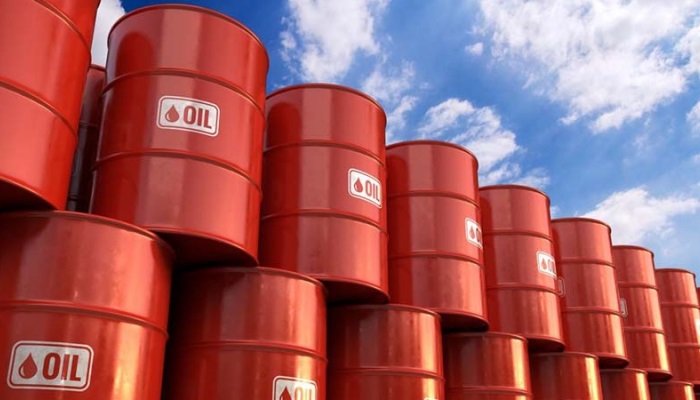Publisher: Maaal International Media Company
License: 465734
“QNB”: Oil prices to rise, may range between $90-115/barrel
The economics department at Qatar National Bank expected that crude oil prices would witness a further rise in the coming period, as the report expected that supply in physical markets would decrease due to supply constraints and increased global demand. The report also expected prices to be well supported in a range between $90 and $115 per barrel during the coming quarters.
The report stated that the oil markets have been witnessing unprecedented bouts of fluctuations and turmoil since the outbreak of the (Covid-19) pandemic in early 2020. In fact, the external shocks in the oil markets were so great that prices witnessed sharp ups and downs fluctuations during periods of relatively short time.
The report indicated that the period from April 2020 until the end of 2021, crude oil prices witnessed a remarkable shift. This was supported by the faster-than-expected recovery of the global economy from the pandemic and the active management of oil production by the member states of the “OPEC +” bloc, led by Saudi Arabia and Russia. An additional increase in oil prices occurred early this year due to the Russian-Ukrainian conflict, which brought Brent prices close to $130 per barrel in March 2022.
اقرأ المزيد
However, crude oil prices have witnessed a significant correction since mid-2022, mainly due to higher supply than expected and demand falling below the expected level. On the supply side, higher volumes came as a result of continued Russian crude exports despite sanctions, increased production by OPEC+, and the emergency use of US strategic oil reserves. On the demand side, weaker activity was driven by zero-COVID policies in China, a sharp economic slowdown in Europe and the United States caused by the impact of rising inflation on disposable income, and monetary tightening across major economies.
Going forward, according to the report, despite the continued fluctuations, Brent prices are expected to remain well supported with the possibility of an increase. Two factors support this view. First, oil prices are not very high in relative terms. The current total cost of oil demand is roughly 3.6% of nominal global GDP, well below the alarming historical 5% of GDP that begins with then the “burden of the oil price” will negatively affect consumption and investment.
If oil prices were today at 5% of nominal GDP, the average Brent crude price would be $140 per barrel. This means that the global economy can accept Brent crude prices up to this level before global demand is significantly affected. At the time of writing, Brent crude prices have increased by more than 20% from pre-pandemic levels at the end of 2019 to the current level of around $80 per barrel. This level is more or less in line with other major asset classes and commodities, such as copper, gold, and the S&P 500 US stock index, which means that oil prices are following the general trend of post-pandemic “asset inflation.”
The second factor is that the balance of supply and demand is expected to turn into a volume deficit in the coming months. On the supply side, OPEC+ countries are already planning to cut oil production in order to keep prices above certain levels. Tougher European sanctions will begin to be implemented on Russian crude exports, including setting new price ceilings for Russian supplies, further disrupting energy trade. Shipping and transportation bottlenecks will prevent the full rerouting of Russian oil exports from Europe to Asia, which will then reduce Russian oil supplies. In addition, the US government will be forced to stop selling crude oil from its Strategic Reserve as inventories are rapidly declining to multi-decade lows, threatening the country’s energy security.
Related








